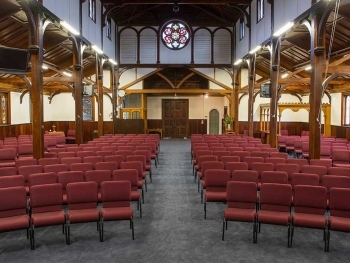The Bible has long been a source of inspiration for artists, who have sought to capture the drama, beauty, and power of its stories in their paintings, sculptures, and other works of art. From the iconic images of Michelangelo's Sistine Chapel ceiling to the stunning landscapes of 19th-century American painter Thomas Cole, the Bible has played a central role in the history of art.
One of the most common subjects of biblical art is the life of Jesus, with scenes such as the Nativity, the Crucifixion, and the Last Supper appearing in countless works of art throughout the centuries. Many of these works are not only visually stunning but also deeply spiritual, conveying the artist's own interpretation of the meaning and significance of these pivotal events.
Other popular subjects of biblical art include the stories of the Old Testament, such as David and Goliath, the parting of the Red Sea, and the creation of the world. These stories have inspired some of the most memorable and powerful images in the history of art, from the epic landscapes of the Hudson River School to the dynamic and emotional sculptures of Auguste Rodin.
Of course, not all biblical art is created equal, and there have been many controversies and debates over the centuries regarding the appropriateness of certain depictions of biblical stories. Some artists have pushed the boundaries of what is considered acceptable, such as Caravaggio's gritty and realistic portrayals of biblical figures or Salvador Dali's surreal and dreamlike interpretations of the Last Supper.
Regardless of one's personal opinions on the subject, there can be no denying the enormous impact that the Bible has had on the history of art, and the countless ways in which artists have sought to capture its beauty and power in their work. Whether as a source of inspiration or as a subject of interpretation, the Bible continues to inspire and challenge artists to this day, and its influence on the world of art shows no signs of diminishing any time soon.




